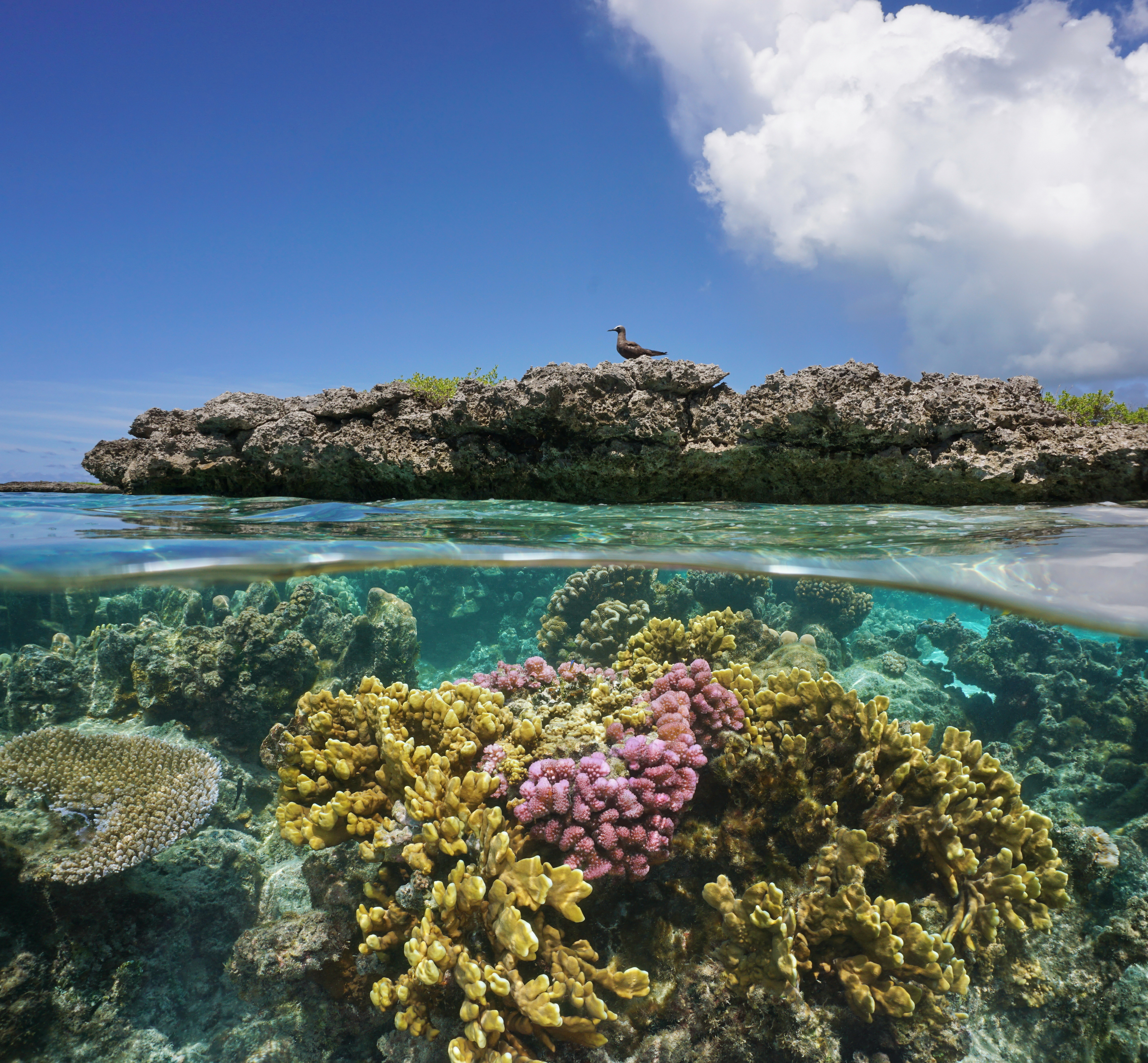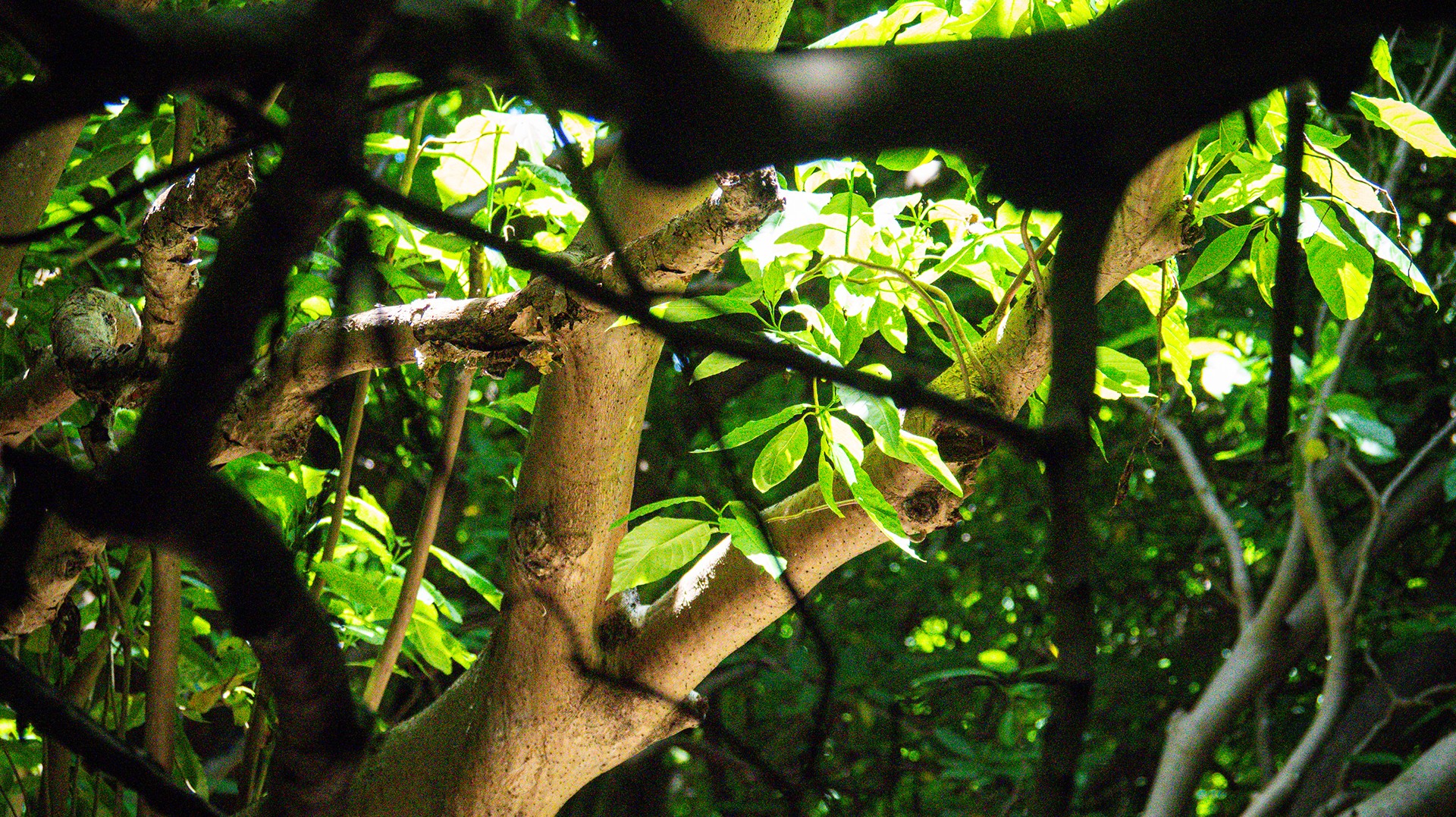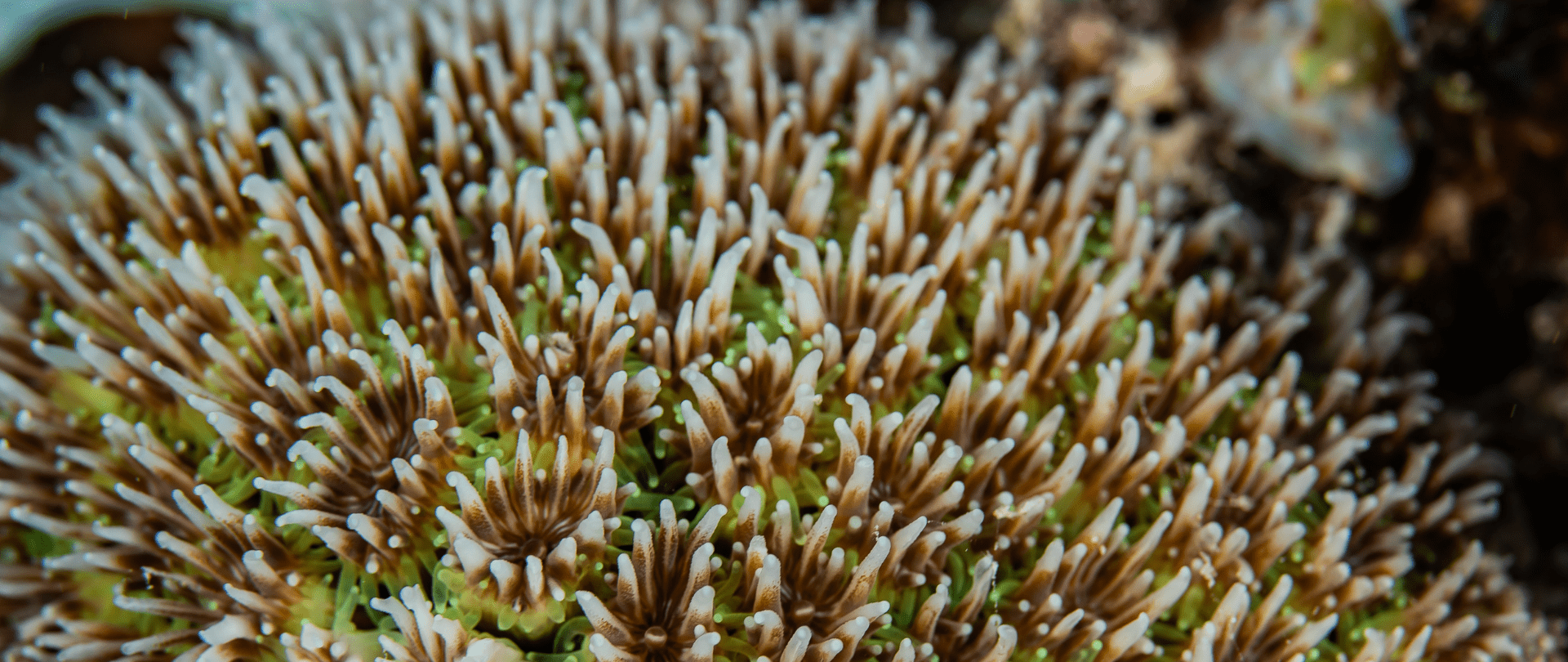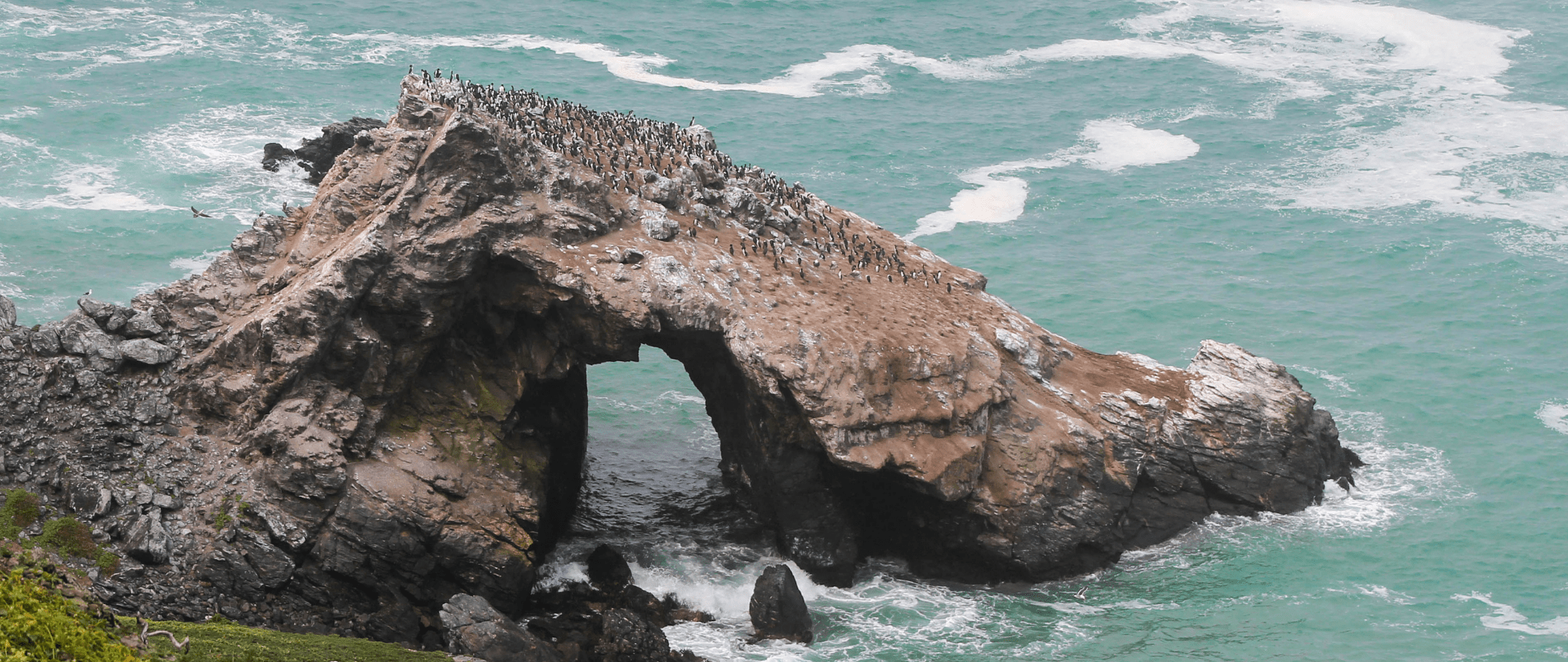The Ebiil Society: Champions of Palau
Ann Singeo, founder of our partner organization the Ebiil Society, shares her vision for a thriving Palau and a flourishing world of indigenous science!
Our new online shop is live!
Published on
May 11, 2017
Written by
Emily Heber
Photo credit
Emily Heber

The lifecycle of Angiostrongylus cantonensis, also known as Rat Lungworm, is simple – it involves a worm larvae, an invasive slug, and an invasive rat. The lifecycle is relatively unremarkable until the parasite finds its way into humans, which has been the case as seen in Hawaii’s recent outbreaks.
A. Cantonesis is a small nematode (roundworm) that infects invasive slug called a Semi-slugs. which are native to South-East Asia but have become invasive and a vector for this disease in Hawaii. Although the parasite has always existed in Hawaii, a boost to the invasive semi-slug population has led to increased risk to humans. Researchers have found that 70% of the Semi-slug population carries the parasite, as does 90% of the rat population in Hawaii.
In the parasite’s normal lifecycle, the worm larvae is consumed by the Semi-slug, which is then eaten by an invasive rat. The parasite makes a home out of the rat’s lungs. The rat excretes more worm eggs in its feces and the cycle repeats itself—unless larvae are unintentionally consumed by a person. Recent outbreaks in Hawaii are linked to people eating vegetables that have been exposed to Semi-slugs carrying the parasite.

When the parasite does make it into the human body, there is no real way to stop the damage it causes. No antidote is available and even the test to confirm diagnosis requires a painful spinal tap. Once the parasite makes its way to the brain, it can cause extensive and irreparable damage and has side-effects reminiscent of meningitis. Dr. Sarah Park, an epidemiologist for the state of Hawaii commented:
It’s like having a slow-moving bullet go through your brain.
Typically Hawaii has 1-9 cases of Rat Lungworm every year, but in the past three months three cases have been confirmed on Maui alone. Overall, six cases have been reported on Maui which, if all are confirmed, would triple the number of cases the island has had in the past decade. In the past, most cases come from the Big Island where the Semi-slug is widespread, but the parasite now appears to be spreading to Maui.
Health officials are concerned over the outbreak and explained that the only way to prevent it is to wash fruits and vegetables thoroughly before eating them in order to remove any larvae. The parasite’s lifecycle might seem simple but researchers are only beginning to understand the impact the parasite and its invasive hosts have on humans.
Featured photo: People can contract Rat Lungworm by consuming compromised produce. Credit: Leonard Chien
Sources:
True Viral News
Outbreak News Today
West Hawaii Today
Maui News
Malamaopuna
Check out other journal entries we think you might be interested in.

Ann Singeo, founder of our partner organization the Ebiil Society, shares her vision for a thriving Palau and a flourishing world of indigenous science!

This historic agreement aims to protect the marine and coastal areas of the Southeast Pacific.

Our projects to restore key islets in Nukufetau Atoll forecast climate resilience and community benefits in Tuvalu!

Island Conservation and partners have published a new paper quantifying ecosystem resilience on restored islands!

Climate Week NYC: what is it and why is it important? Read on to find out why Island Conservation is attending this amazing event!

With sea levels on the rise, how are the coastlines of islands transforming? Read on to find out how dynamic islands really are!

Join us in celebrating the most amazing sights from around the world by checking out these fantastic conservation photos!

Rare will support the effort to restore island-ocean ecosystems by engaging the Coastal 500 network of local leaders in safeguarding biodiversity (Arlington, VA, USA) Today, international conservation organization Rare announced it has joined the Island-Ocean Connection Challenge (IOCC), a global effort to…

Island Conservation accepts cryptocurrency donations. Make an impact using your digital wallet today!

For Immediate Release Conservation powerhouse BirdLife South Africa has joined the Island-Ocean Connection Challenge (IOCC) – a global initiative aiming to restore, rewild and protect islands, oceans and communities – to support its work to save internationally significant albatross populations…